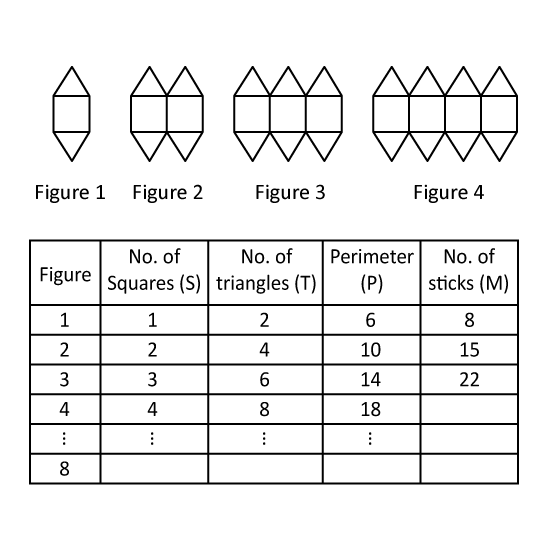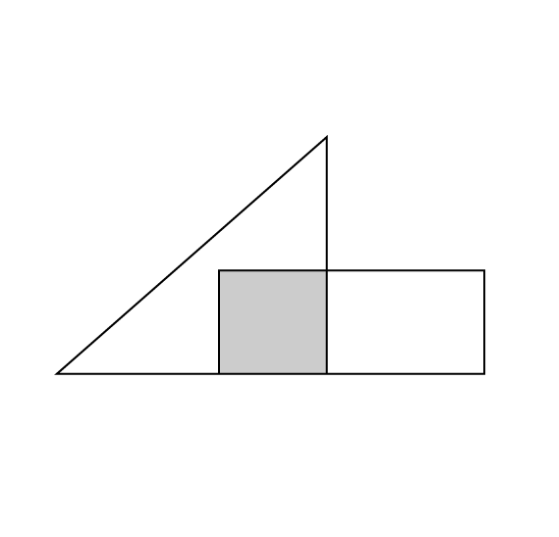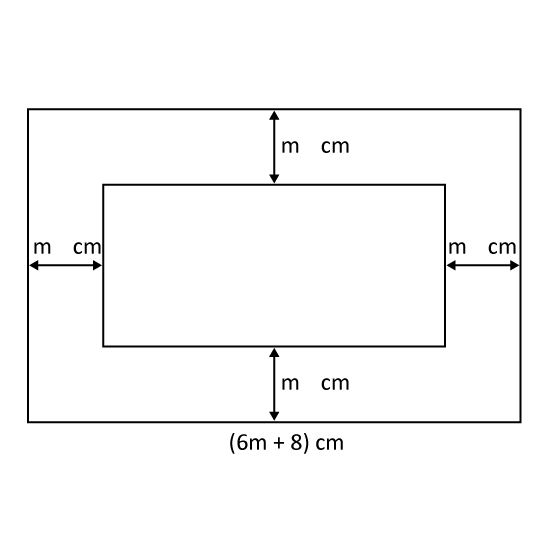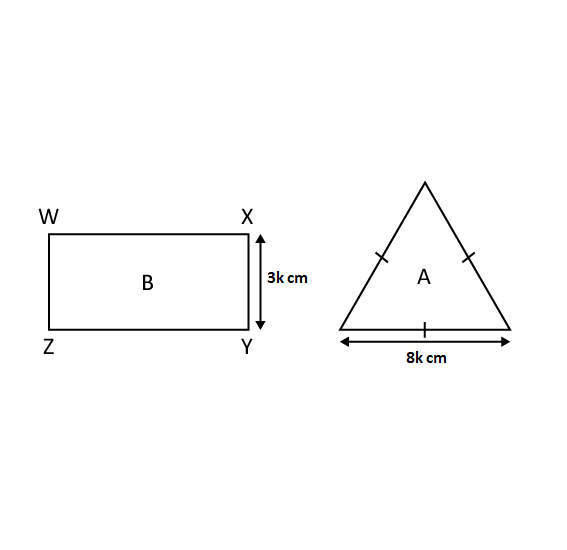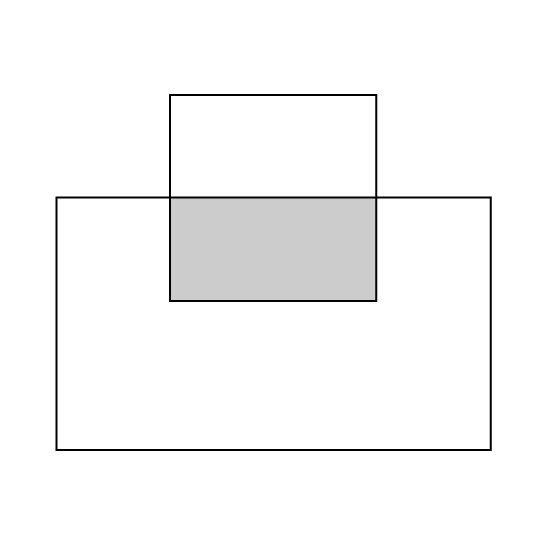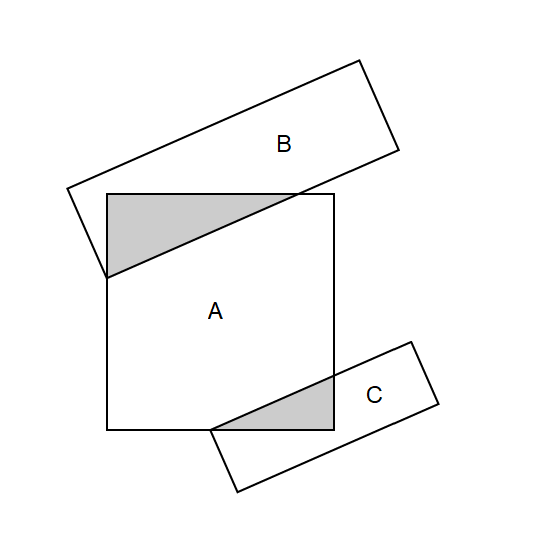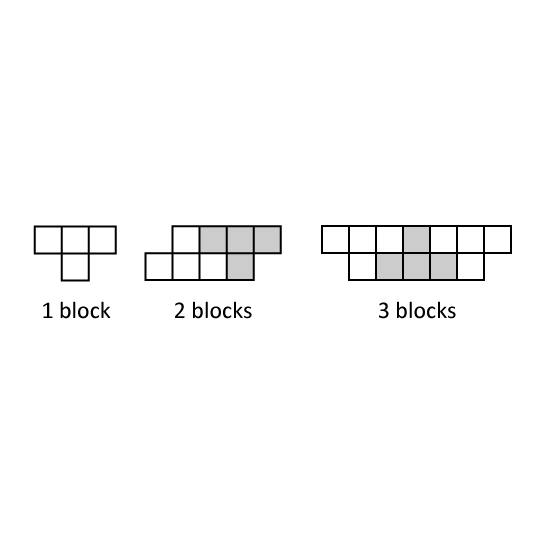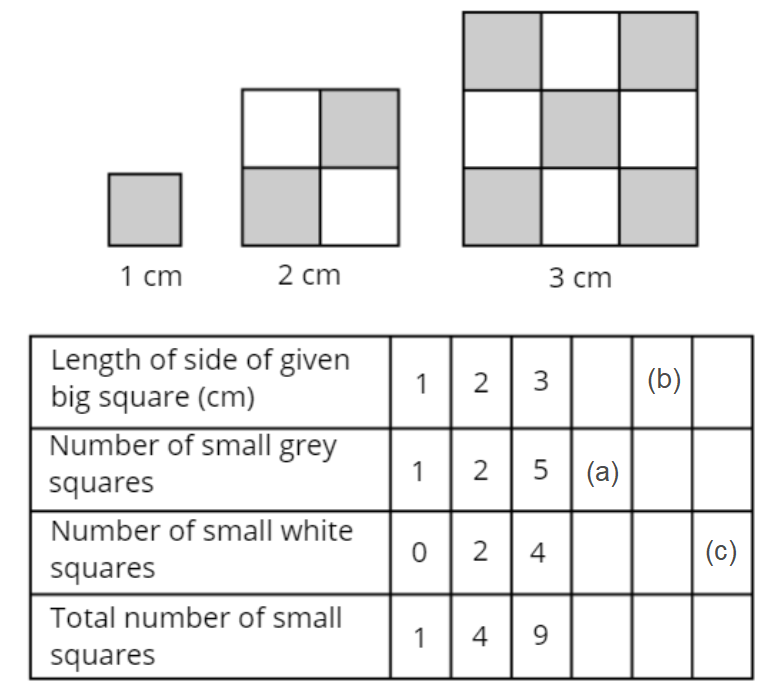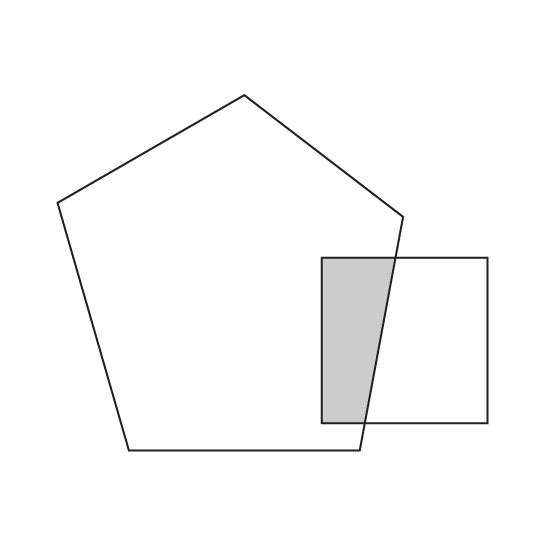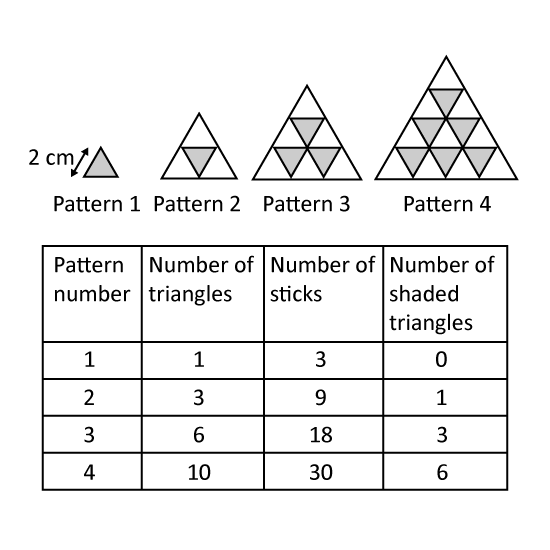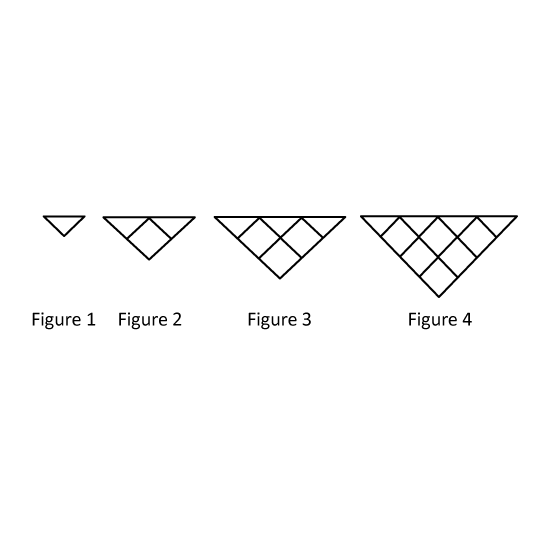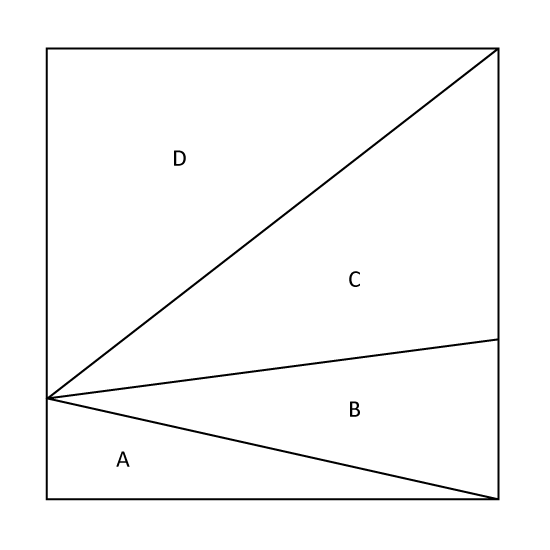Level 3 PSLE
A square, not drawn to scale, is made up of four triangles A, B, C and D. The area of A is
110 the area of the square while the area of B is
16 the area of the square.
- The total areas of A and B is 240 cm2. What is the length of each side of the square?
- What fraction of the square is Area of D?
Level 3 PSLE
A square, not drawn to scale, is made up of four triangles A, B, C and D. The area of A is
110 the area of the square while the area of B is
16 the area of the square.
- The total areas of A and B is 240 cm2. What is the length of each side of the square?
- What fraction of the square is Area of D?
